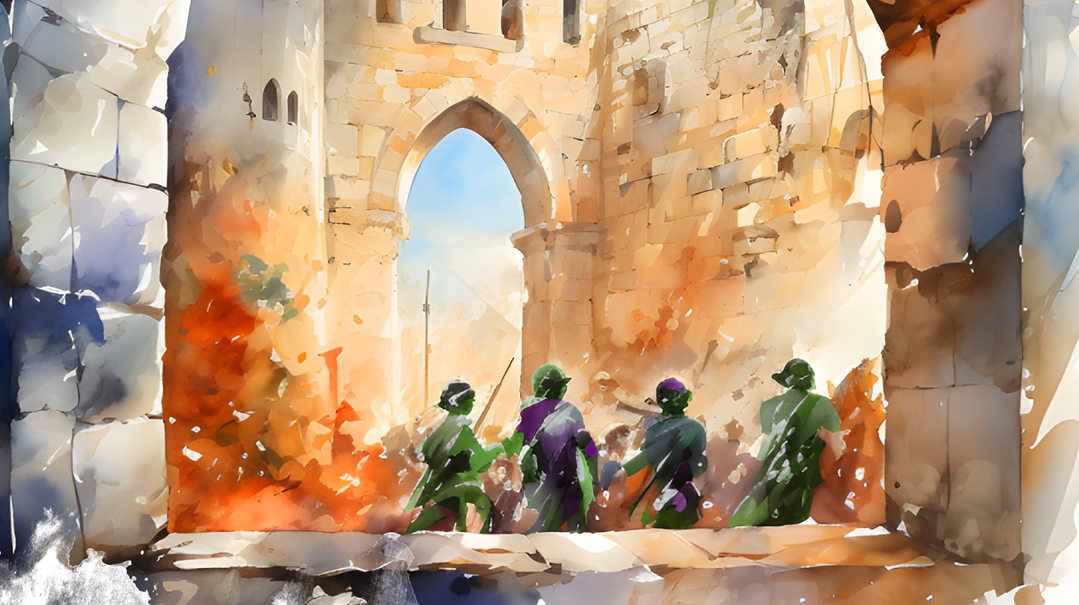City Under Siege

The tale of a modern-day 10 Teves under siege

“I
always thought that a siege was a thing of the past. But in the months leading up to the Six Day War, when the security situation was so tense, I realized that Yerushalayim, the city where I lived, was once again under siege,” says Mrs. Leah Yanussi, a native of Yerushalayim who for many years lived in the historic neighborhood of Mamilla, just outside the Old City.
The Yanussis’ apartment was directly across from Shaar Yaffo, Jaffa Gate, but it was impossible to even cross the street, as this was the armistice line established between Israel and Jordan in 1949, after the War of Independence. The entire sector, from Shaar Yaffo until Mandlebaum Gate at the end of Shmuel Hanavi Street was a mess of fence and barbed wire and was heavily patrolled by the Israeli army on one side and the Jordanian soldiers in kaffiyehs on the other side, until the Old City was liberated during the Six Day War.
“During that time, from 1948 to 1967, we lived five minutes away from the Old City, but we couldn’t visit it. If we even stuck our head out of our apartment window, we risked being hit by a stray — or a deliberately aimed — bullet from a Jordanian sniper lying in wait across the street, just as Nebuchadnezzar’s soldiers lay in wait for Jews who dared wander outside the Old City walls. The walls of our building were riddled with bullet holes from the Jordanian legionnaires, and it was only through miracles that no one was killed. It was a very dangerous existence.”
Tea for the Platoon
“Our apartment, on the top floor of the building, commanded a view of three directions, so the army saw our building as a potential strategic outpost,” she says. “And so on Erev Rosh Hashanah, 1966, without any prior warning, I heard knocking on the door. Four soldiers stood in the doorway, and my heart missed a beat. Seeing my alarm, their commander quickly reassured me, informing me that the army was establishing an outpost on our floor, in the empty apartment across the hall, which had big windows overlooking Shaar Yaffo.
“‘You can continue your normal life,’ the commander clarified. ‘We may on occasion have to use your apartment as a lookout, but only in emergency cases. We’ll try to disturb you as little as possible. I see you have small children, so you must have a lot of work,’ he observed, indicating the children gathering around him curiously.
“It was true. I was a mother to five small children. It wasn’t easy being a mother in those days. Preschools started at age four, so the little ones were home with me. I didn’t have a washing machine, a refrigerator, oven, or modern stove. I cooked food on a ptilia, a kerosene burner; we warmed the house with a kerosene stove, and we shlepped the kerosene home on a wagon from a fuel station that wasn’t exactly walking distance away. The kerosene also provided lighting when the electricity was down. We didn’t have a telephone in the house, not even the old rotary models. So even though I didn’t work outside the home, my plate was full.
“I wasn’t formally charged with providing for the 15 soldiers who showed up later that day, but because we lived in a permanent state of war, the soldiers rarely received leave to go home, and while the army provided them with food and clothing, my heart, the heart of a Jewish mother, felt responsible for them.”
Oops! We could not locate your form.







